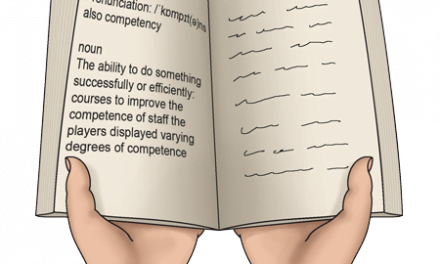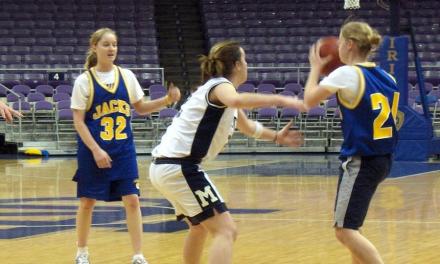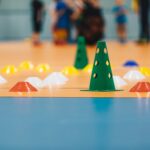A 2015 NHS study found that less than 10% of girls aged 13-15 meet the Chief Medical Officer’s daily recommended guidelines of 60 minutes of physical activity per day. This figure, combined with research from the Youth Sport Trust that found that girls’ engagement in sports gets worse during their teenage years, is an issue that we as PE teachers must take some responsibility to address. In this article, we discuss strategies to support girls in sports and physical activity as they progress through puberty.
Physical changes with girls
As girls progress through their teenage years, they undergo a wide range of physical changes. These changes often lead to girls feeling increasingly self-conscious about their bodies and appearance in general, and this self-consciousness may lead to decreased levels of physical activity. To help your pupils navigate these physical changes, discuss with them the need to wear a well-fitting sports bra during PE lessons, offer them the option to wear loose-fitting PE t-shirts, and the choice to wear leggings, shorts, or tracksuit bottoms.
Discuss the appropriate use of deodorants and sanitary products as required. These discussions could take place in the changing rooms before or after a PE lesson so that the girls do not become embarrassed by the presence of male students, and may feel confident to ask any other logistical questions they have. It may seem obvious to us, but also discuss how to get changed most efficiently whilst maintaining their modesty – for example, by sitting down to remove their skirt or trousers, then pulling their PE leggings or shorts on whilst still sitting down.
Provision of sanitary products
The PE changing rooms are an ideal place for sanitary products to be stored and distributed to female students. One of the biggest fears of a girl going through puberty is of leakage and the ensuing embarrassment. To support students, a box containing products could be placed on a shelf in the changing rooms with a sign indicating for pupils to ‘take what you need, but only take what you need’ to support students who do not have immediate access to appropriate products. A Period Product initiative is offered by the government to support schools in offering provisions to students.
Preparation
Research into puberty completed by Women in Sport found that many girls struggle to deal with their emotions during puberty, which the research attributed to a significant lack of education about symptoms and effects. This research went on to state that whilst girls are generally well-educated in the physical effects of puberty, such as periods, cramps, the development of breasts and bodily hair, they are less prepared for other symptoms such as mood swings, low confidence, emotional outburst and their changing perspective of their world.
Speak to your personal development department to ensure that these topics are being covered, and discuss if there are any areas in which you can support. PE teachers are in a unique situation in that we mostly teach single-sex classes, so information specific to each gender can more easily and effectively be shared and discussed in these teaching groups. However, be careful to ensure that your offer to support isn’t at the expense of physically active time within your lessons!
Remember that puberty is a significant time of a girl’s life and that attitudes form in this period of their lives, especially towards sports and physical activity, can become ingrained and long-lasting.
Also, visit PE Office for all your PE department requirements where you can access lesson plans and schemes of work to help deliver exceptional and engaging lessons for your students.









